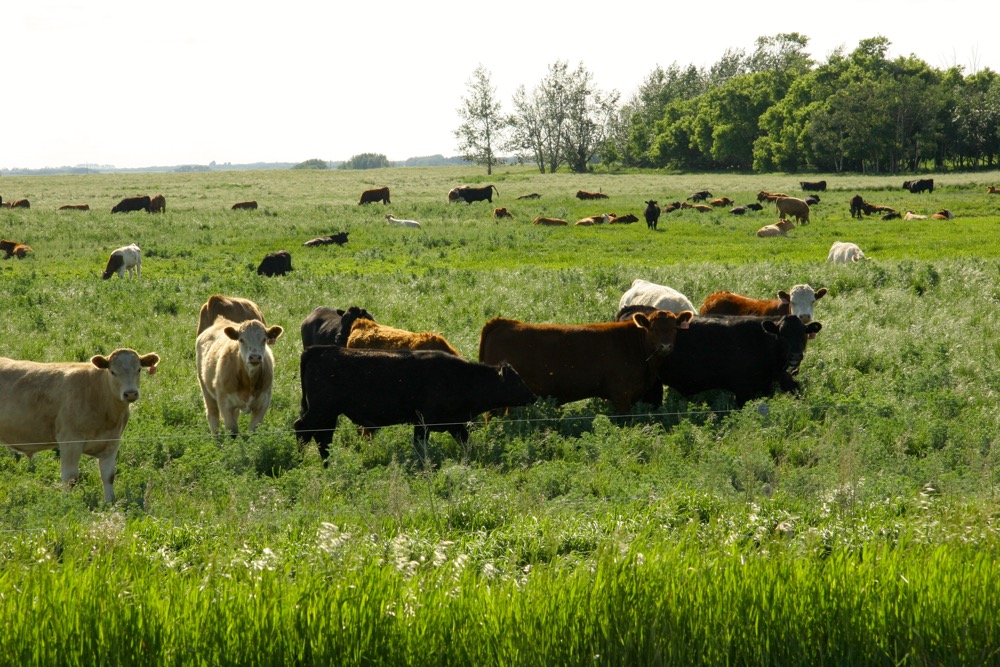- Location
- Owaka, New Zealand
I'm reduced to mowing tracks for the fence, just too much load otherwise.
Probably pushing the sheep a bit hard - will have a yarn to their owner to see what he wants to do. They probably want a lamb drench.


Doing a pretty fair job of leaving some soil protection though!
Shifting twice a day, a bit under an acre at a time seems to shut them up.
I haven't even been measuring the areas TBH, just "putting them at it". Seeing what comes out the back of a disc mower that's set back on its heels, there's plenty there.
Happy days
Probably pushing the sheep a bit hard - will have a yarn to their owner to see what he wants to do. They probably want a lamb drench.


Doing a pretty fair job of leaving some soil protection though!
Shifting twice a day, a bit under an acre at a time seems to shut them up.
I haven't even been measuring the areas TBH, just "putting them at it". Seeing what comes out the back of a disc mower that's set back on its heels, there's plenty there.
Happy days














